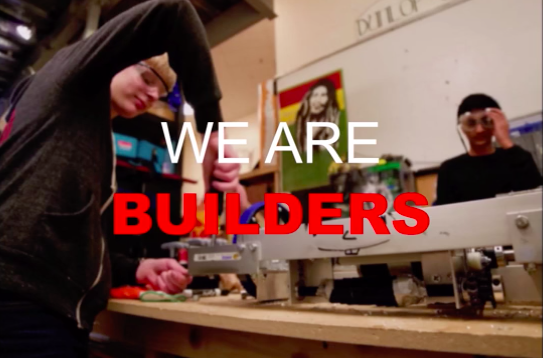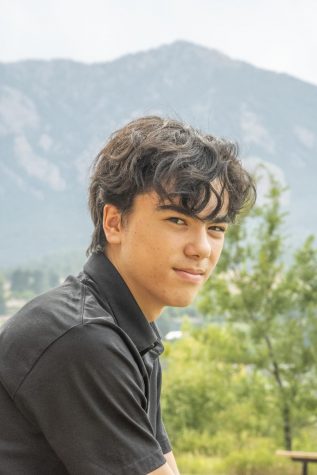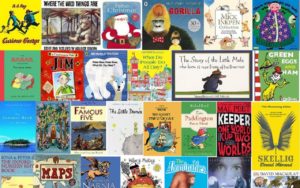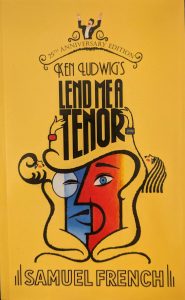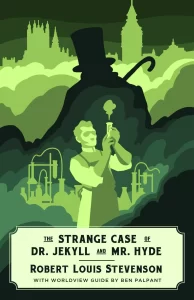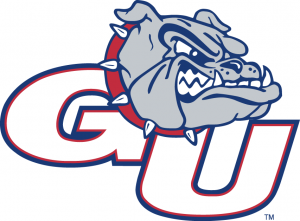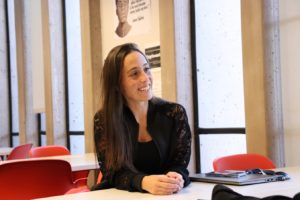Robotics and Physics Club COVID Collaboration
December 11, 2020
(Group photos taken pre COVID crisis)
Clubs are seeing a decline in membership, as the projects that they undertake under regular circumstances are impossible due to the pandemic. However, some clubs are getting creative in working around virtual meetings and maintaining attendance rates. The Robotics Club began a rocketry project in lieu of the regular annual competition they attend with support from the Physics Club to provide them with calculations.
“Right now, we have divided into small groups of 4-5 people and each one will make a rocket,” said Rawley Harrison, captain of the Robotics Club. “I came up with the idea through recommendation of the former team captain, Tyler Renken, who has built a few model rockets before. I really liked this idea because the majority of the process is planning which we can do virtually through CAD (computer aided design) and the assembly is fairly simple once we have planned everything.”
The project works smoothly during the climate of the pandemic, as it both ensures the safety of the members while continuing to develop their skills. To expand membership, the club also began collaborating with the Physics Club for assistance with calculations. .
“The normal focus of physics club, along with presenting and discussing interesting concepts and problems in physics, is primarily focused on the Fnet=ma, a classical, algebra-based physics olympiad-type exam, and the CERN Beamline for Schools project, which has a heavy focus on modern particle and accelerator physics, so a project based on aerodynamics and flight is an interesting task for the Physics Club to take on,” said Mark Reamon, the Physics Club captain. “The plan for our work with the robotics team is primarily to do some learning and work on what aspects, such as cone and fin shape, make a rocket fly farthest which we can give to the robotics team to help with their work, as well as using some of the specifications, such as the mass and thrust generated of the final product of the rocket they create, to estimate the distance it will be able to travel.”
It was Reamon that had originally reached out to the Robotics Club when the project was still in the planning stages.
“When the team was brainstorming for this project, Mark thought it might be a good idea to have Physics Club help with the calculations as a way to teach everyone about rocketry physics and share interest for each of our clubs to the other’s members,” said Harrison. “I would love to do more with Physics Club and other clubs so that we could expand our reach in the community and possibly help get new people to join each club.”
Both leaders from the STEM clubs have hopes to expand similar collaborated projects in the future, as it, in turn, could lead members from both clubs to potentially develop an interest in the other.
“This is quite an interesting project and I think it will serve both clubs involved quite well,” said Reamon. “I think working with other clubs on a common goal is a great way to foster collaboration and mutual learning among the members of the clubs involved, so if there are opportunities to do so, the Physics Club will definitely participate in similar projects in the future, since presenting new opportunities to learn new concepts and skills and collaborating with others to solve problems are a big part of what the Physics Club is all about.”
Initiatives by clubs like these are especially neat to see during times like this. The clubs have high hopes for what they accomplish.


